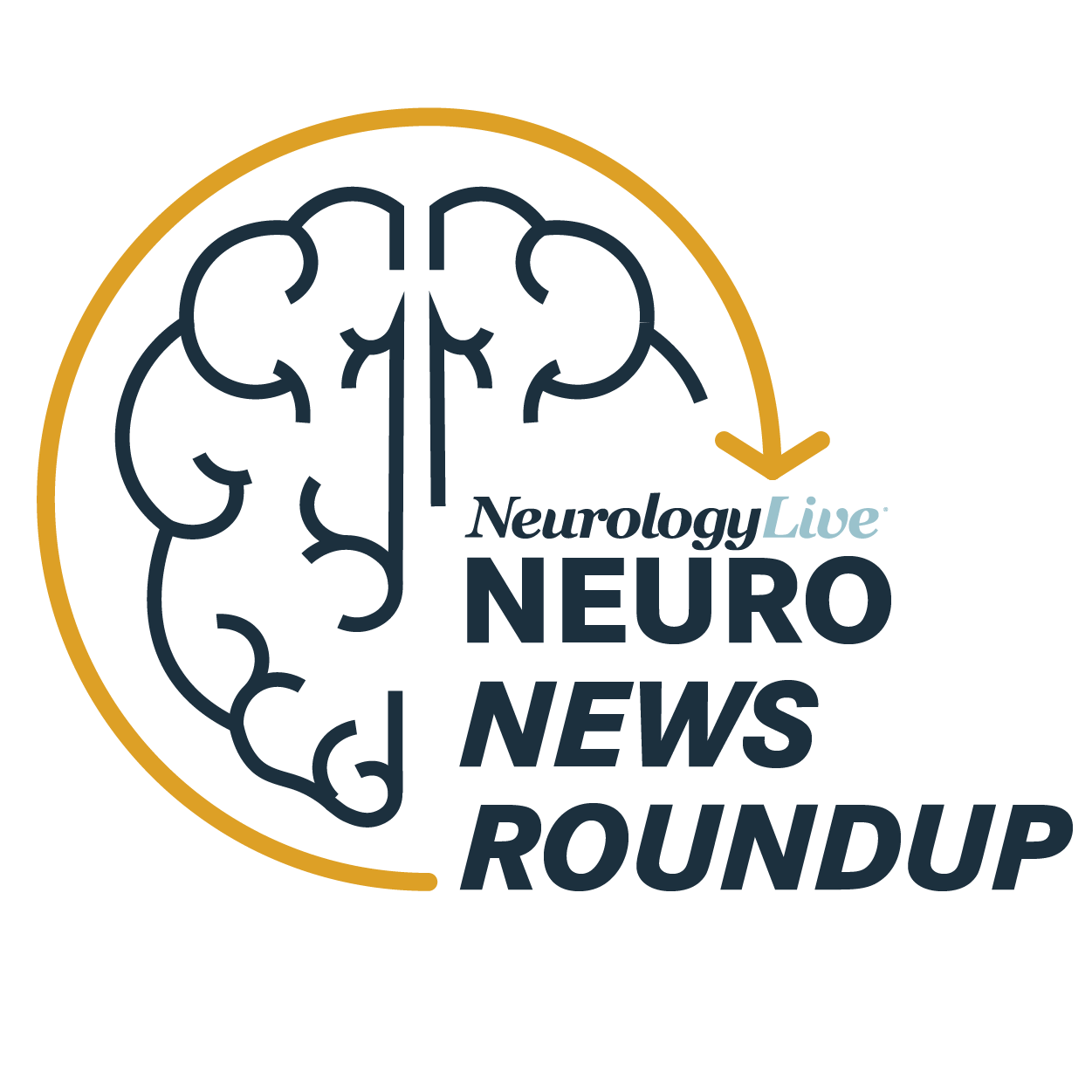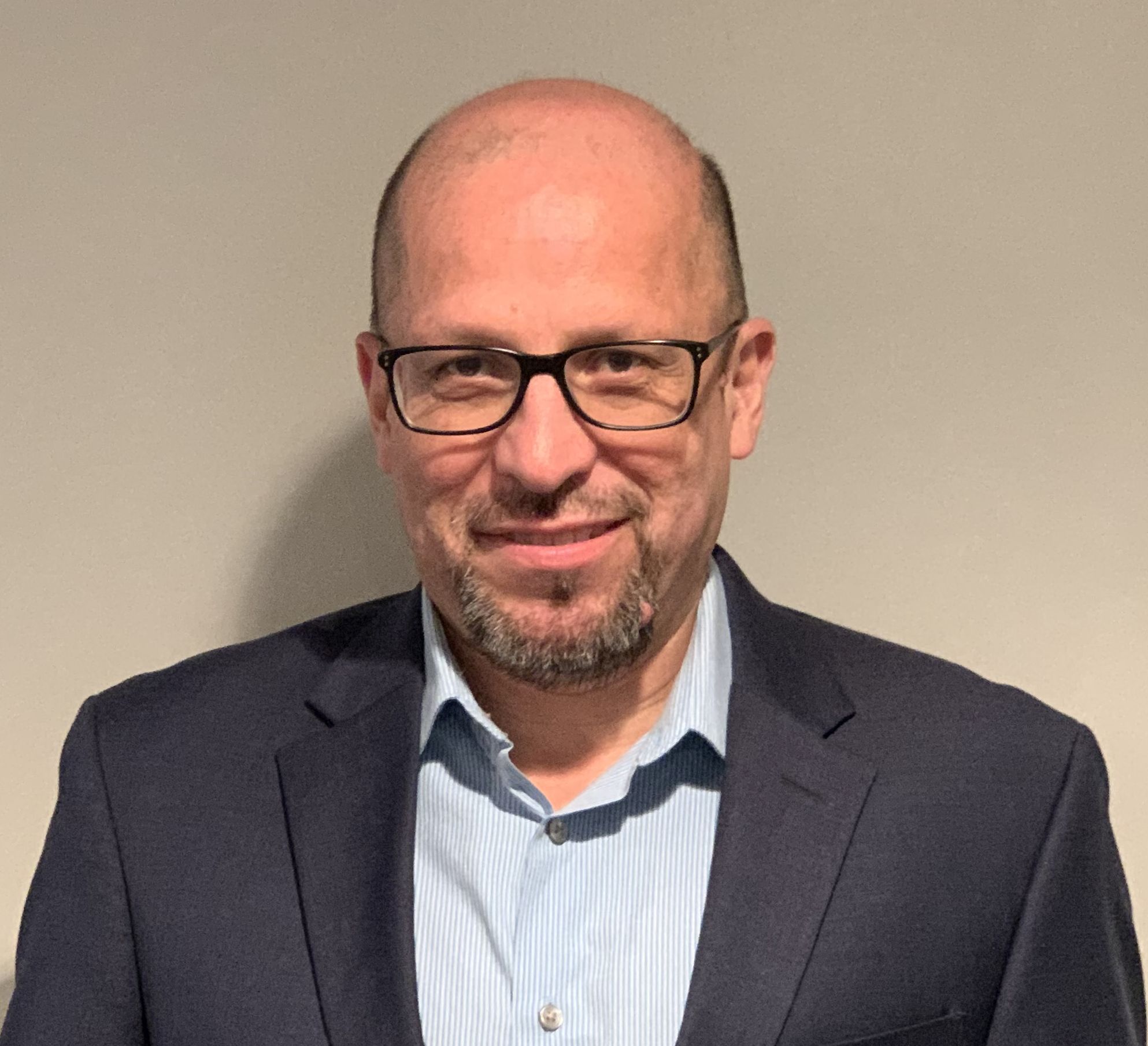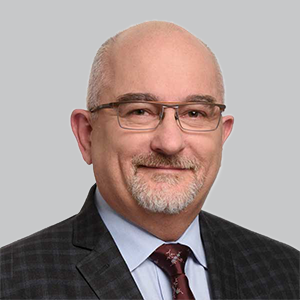Video
Considerations for NMOSD Diagnosis
Author(s):
Experts in neurology share considerations and challenges for health care providers in diagnosing NMOSD, including education for non neurology health care providers and available diagnostic assays.
Michael Yeaman, PhD: Let‘s talk a little about NMOSD [neuromyelitis optica spectrum disorder] awareness and the diagnostic experience in terms of patient communication and health care access to carry on with the topics we just described. One of the most important aspects to a best diagnosis and a timely diagnosis is the first physician or health care provider that the patient interacts with. Maybe we could talk a little about front-line health care providers in NMOSD, who often aren’t neurologists. Mirla, maybe you could get us started in terms of how we can understand awareness and help educate nonspecialist physicians to recognize and understand NMOSD when they see it.
Mirla Avila, MD: That’s very important, because most of my NMOSD referrals are from either optometrists or ophthalmologists who saw a patient because of optic neuritis, or an ED [emergency department] physician who called for a consult on neurology because of a patient being admitted with transverse myelitis or acute optic neuritis. Ophthalmologists seem to know about NMOSD, but first responders and emergency doctors may not be that aware, so I have seen a delay in diagnosis. I even had a patient that, as I mentioned earlier, had loss of vision and was diagnosed with temporal arteritis and was sent home with some oral steroids. They missed that diagnosis until the patient came back with a transverse myelitis about a month later. Educational programs, maybe even for residents who are preparing to be ED doctors, would be important¼in that perspective.
Michael Yeaman, PhD: Good points. Mitzi, different subsets of a cohort of patients might interact with different dimensions of the health care system differently. In your experience, do you see differences among different populations of patients with respect to how they interact with health care providers and whom they might have encountered first in their NMOSD experience?
Mitzi Williams, MD: Absolutely. One of the large issues we see, particularly for some of our Black patients, is that depending on whom they encounter initially, many people don’t have their symptoms believed. I’ve had patients who said they’ve gone to the emergency department with certain symptoms and been sent home and told there was nothing wrong with them. When it comes to NMOSD, because the presentation can often be dramatic in these patients, we don’t see that quite as much. But I’ve had people, particularly with transverse myelitis, where the symptoms may not be as severe, who may have been sent home or had an MRI of their lumbar spine, which wouldn’t show transverse myelitis from the demyelinating disease. And if that’s normal, they may be sent home or sent to an inappropriate place for further evaluation.
It’s very important for us to make sure that we’re building trust within the community, believing people, and doing the appropriate workup when they’re seen. It’s also important to make sure that we’re raising awareness among our general neurology colleagues about the different types of testing that are available, and making sure that people get diagnosed and screened as early as possible.
Michael Yeaman, PhD: Exactly. Michael, to that point, could you give us your view of diagnostic assays and how those might present different kinds of issues in terms of access and their application for diagnosis?
Michael Levy, MD, PhD: There are 2 main types of tests for the aquaporin-4 antibody. One is the cell-based assay that’s available through Mayo Clinic Laboratories and Quest Diagnostics labs. This is considered to be a much better test in terms of specificity, which is almost 100%. Meaning if you test positive, it’s almost certainly NMO, and sensitivity is in the 80th percentile range, meaning only 20% would ever be missed.
The other type of test is the older version, called the ELISA [enzyme-linked immunosorbent assay] test, which was developed around 2005 to 2010. That was really helpful at the time because it allowed for very rapid diagnostics all over the country and in large parts of the world. But what has emerged from that test is that there’s about a 5% risk of false positives, meaning people who test positive at the very low range who don’t actually have NMO. We prefer the cell-based assay to avoid that false positive result, but if you can get the ELISA test and it’s the only one you have access to, it’s fine. But if you have access to the better test, especially if you tested negative on the ELISA, then you should test again on the cell-based assay.
Michael Yeaman, PhD: That’s helpful, Michael.
Transcript edited for clarity




